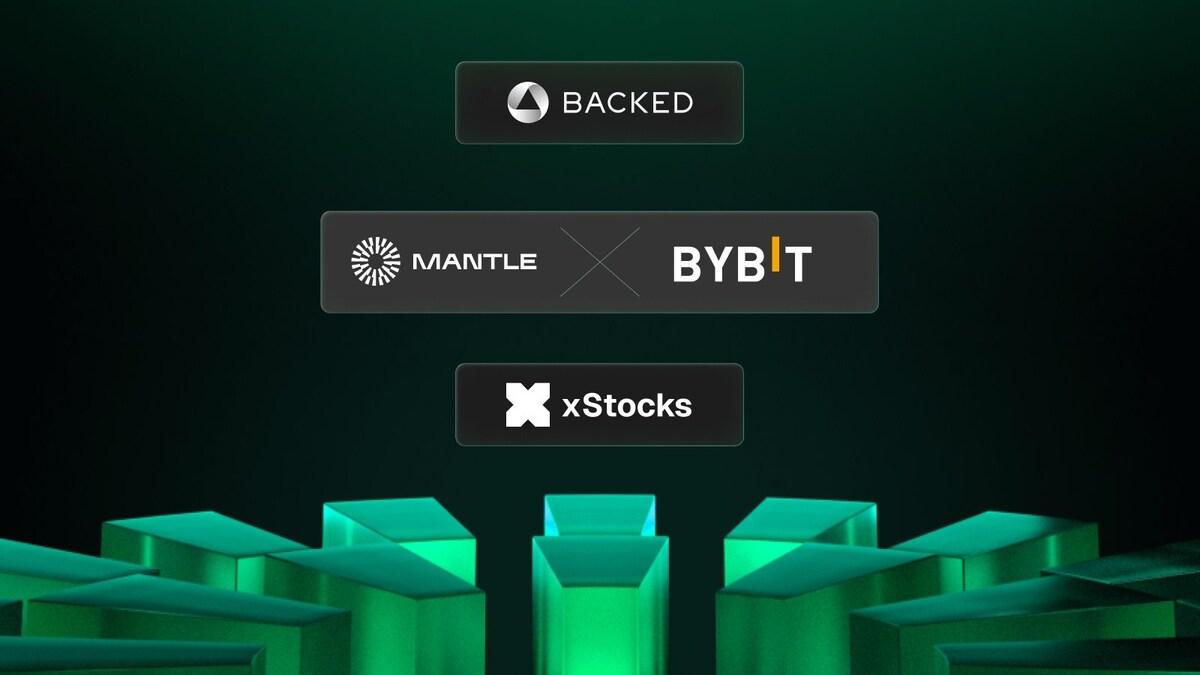The United Arab Emirates has taken a clear step into live testing of a central bank digital currency. A UAE government transfer using a digital dirham took place this week, and officials say the payment settled in less than two minutes. This marks the first recorded transaction in the nation’s pilot program. UAE Gov’t Transaction Marks Test According to government and industry reports, the transfer was carried out by the Central Bank of the UAE alongside the Ministry of Finance and the Dubai Department of Finance. The payment used the mBridge platform, a system designed to link multiple central bank digital currencies. The move was limited to federal and Dubai entities, not to banks or the general public. Reports have disclosed that the transaction was handled end-to-end in under two minutes, a speed that officials highlighted as proof of technical readiness. Today, Ministry of Finance & Dubai Finance marked a pivotal milestone in the history of government financial transformation in the UAE, as we executed the first government transaction using the Digital Dirham issued by the Central Bank of the UAE, representing the future of the… pic.twitter.com/gYRiTC1Euh — Maktoum Bin Mohammed (@MaktoumMohammed) November 11, 2025 Built On A Multi-Central Bank Network Based on reports, mBridge was chosen because it can connect several central banks and support cross-border settlement. The UAE’s choice signals an intent to test interoperability, not just a domestic ledger. Some experts say this model could make it easier for central banks to settle with each other without routing everything through correspondent banks. A small test does not mean mass rollout. But the system was tested in a live setting, which moves it past lab trials and into operational territory, according to reports. What The Pilot Covered The pilot right now is narrow. It focused on payment flow between government accounts and on how settlements are recorded. Transaction monitoring, privacy safeguards, and operational controls were part of the checks. Based on reports, authorities also monitored speed, finality, and system stability. No retail wallets or merchants were involved in this stage. The pilot was described as one step in a staged plan that will expand if the tests meet the central bank’s benchmarks. What Comes Next For The Digital Dirham According to public statements and media coverage, the Central Bank has indicated a phased approach toward broader use, with some earlier timelines pointing to a possible wider launch in Q4 2025. If the authorities move forward, future phases could involve private banks, merchant acceptance, and consumer wallets. But regulators will need to resolve questions about privacy, cybersecurity, and how a CBDC will sit alongside existing bank deposits. Decisions on these issues are likely to shape how quickly the program moves beyond government transfers. Featured image from Manara Magazine, chart from TradingView

Related Articles & Analysis
Dubai Freezes $456M in TrueUSD Reserve Dispute Linked to Justin Sun
99bitcoins

Bitwise Inches Closer to Launching First-Ever Chainlink ETF as DTCC Listing Creates a Buzz
BitCoinist

Ethereum Price Prediction: BlackRock and Fidelity Are Betting Big – Are They Preparing for a Massive ETH Move?
CryptoNews.com

Injective EVM Launches, Bringing Native Ethereum Support to Cosmos
99bitcoins

Mantle Collaborates with Bybit and Backed to Bring U.S. Equities Onchain, Pioneering Next Trillion-Dollar Wave of Tokenized Assets
TheBitCoinNews

Jiuzi Holdings Launches $1 Billion Bitcoin Treasury with SOLV to Drive Institutional Yields and RWA Innovation
TheBitCoinNews
